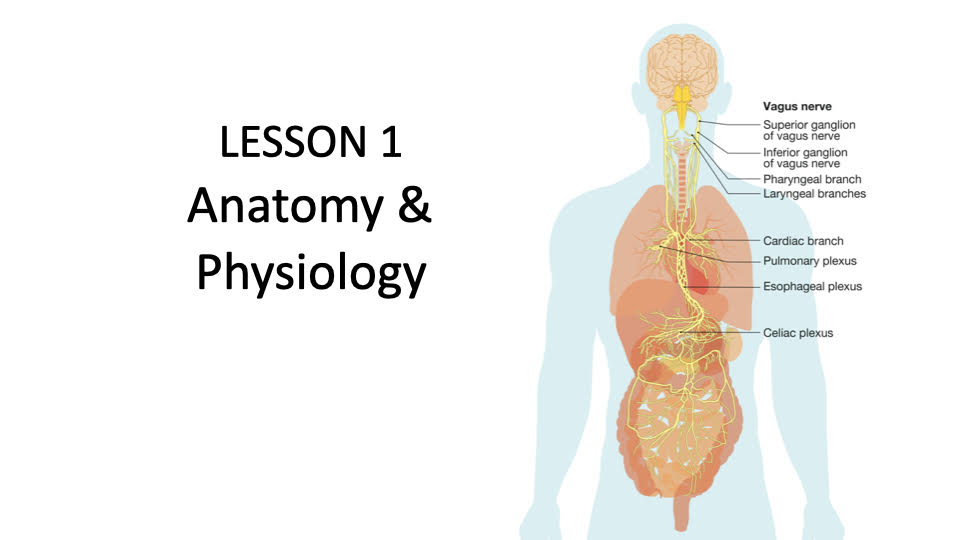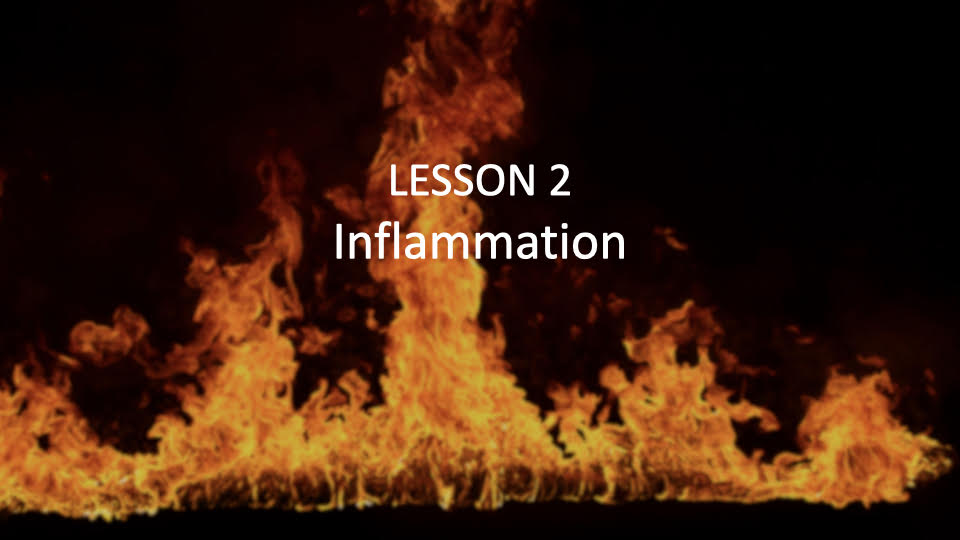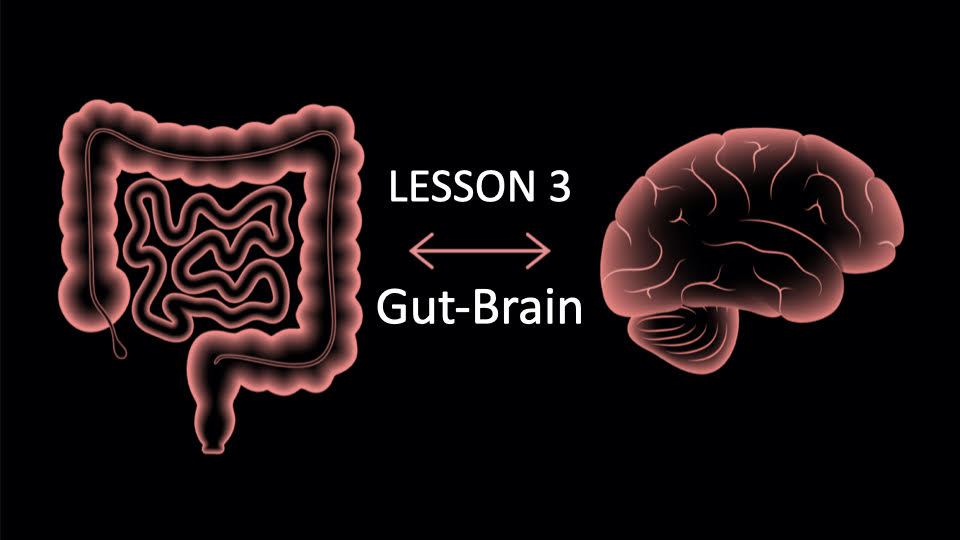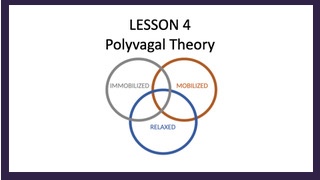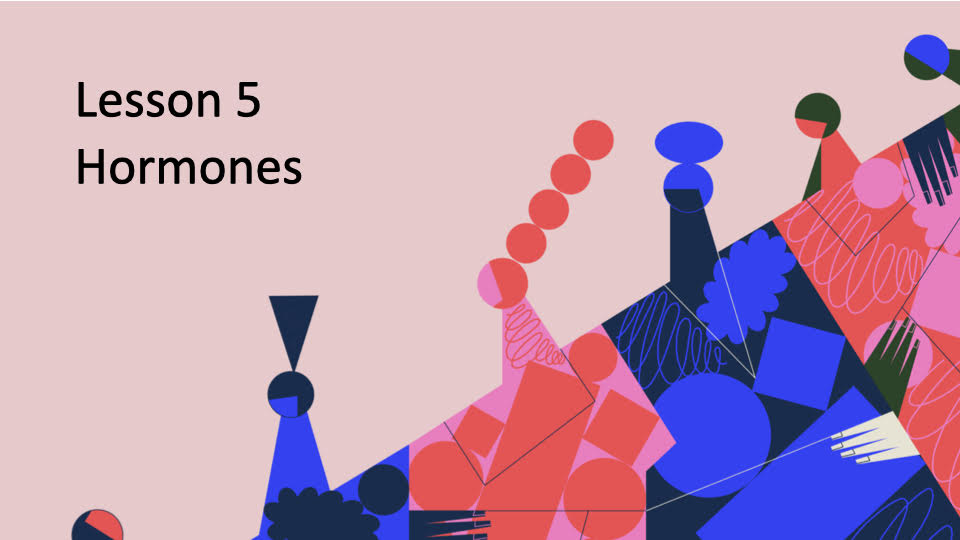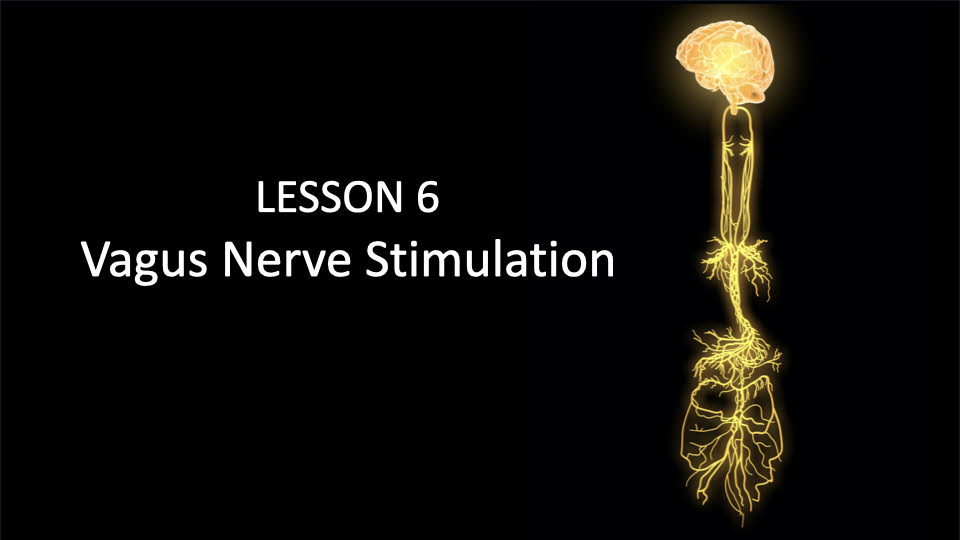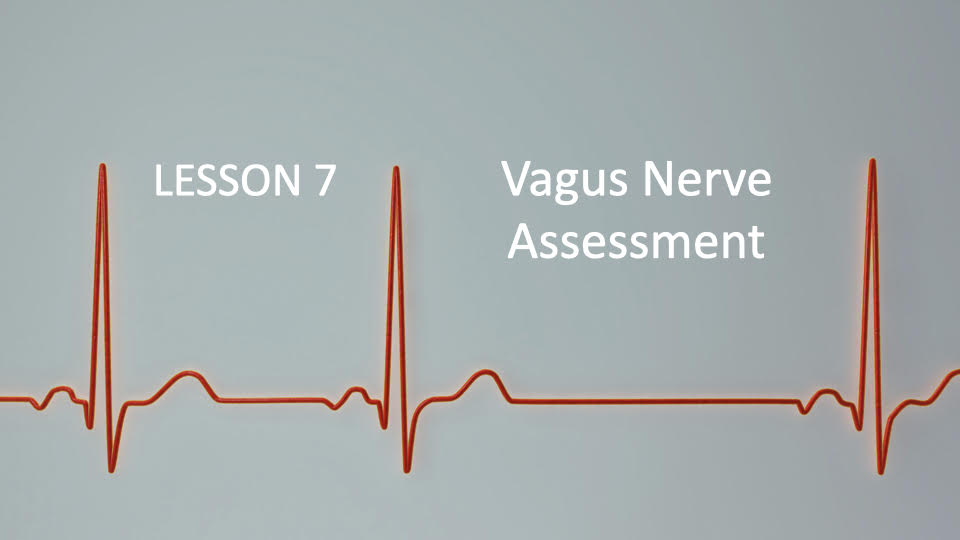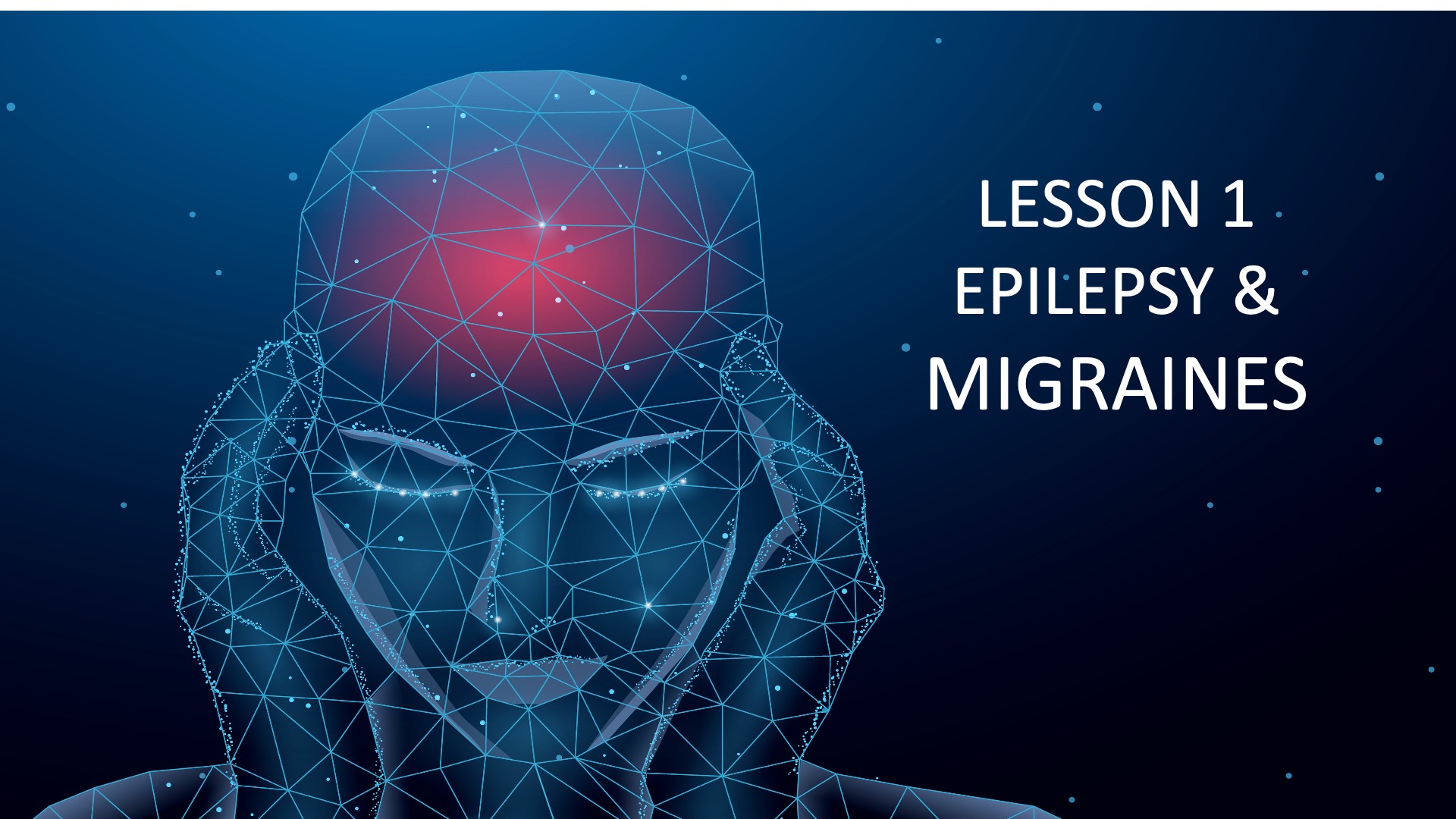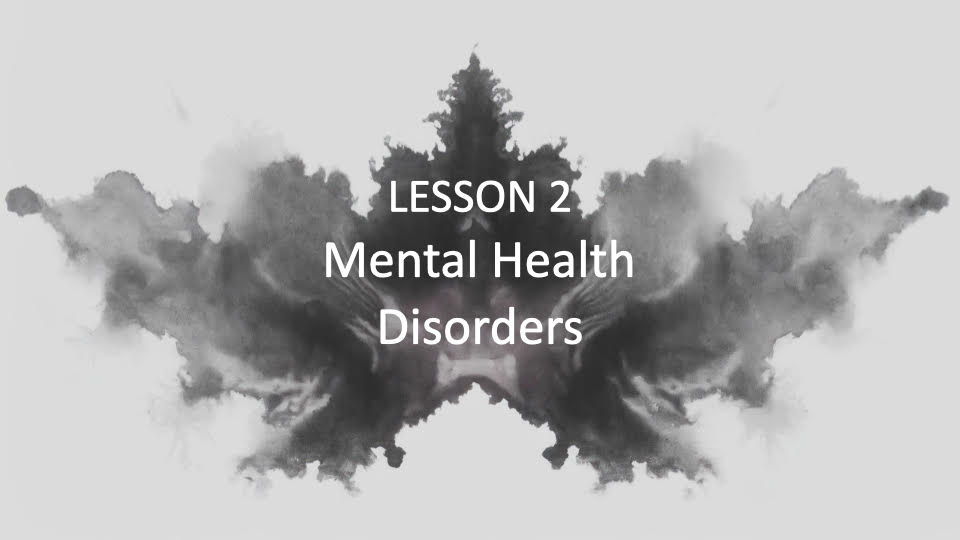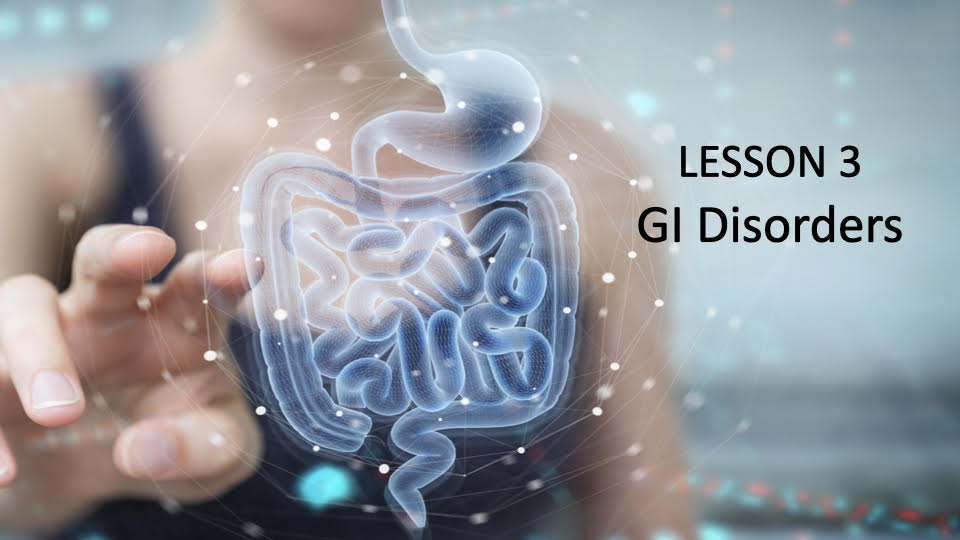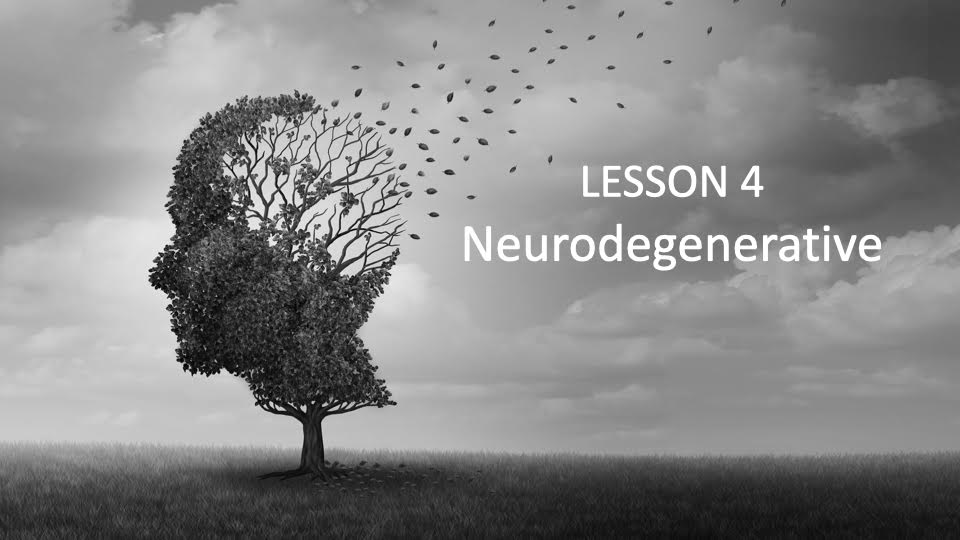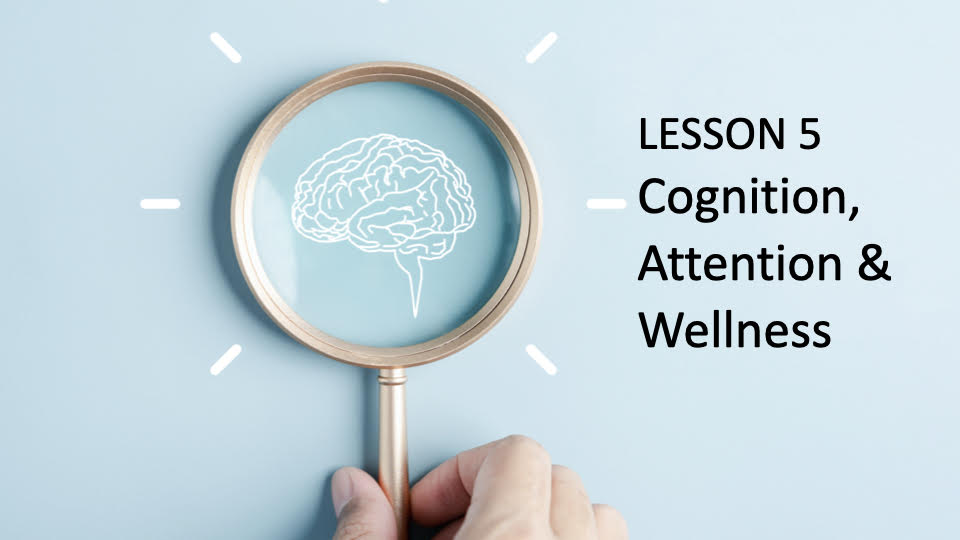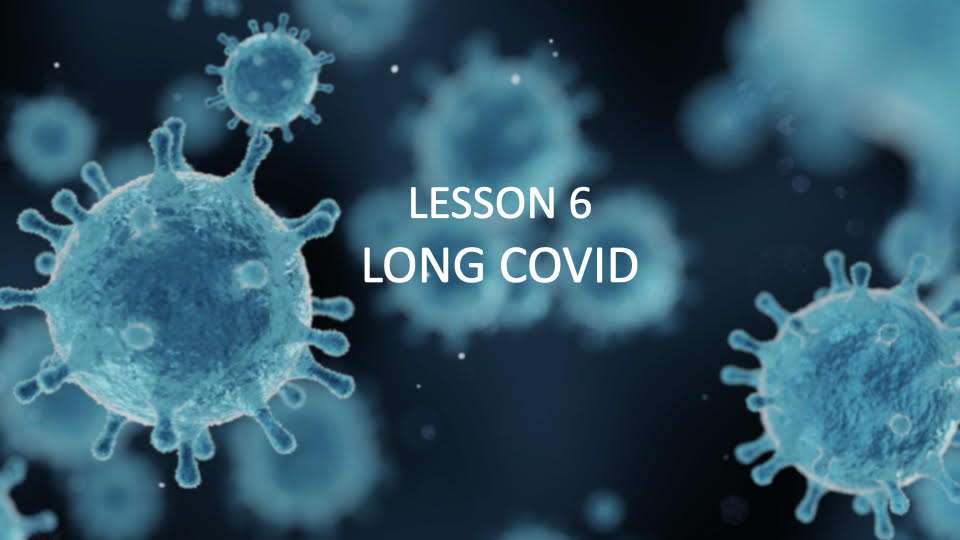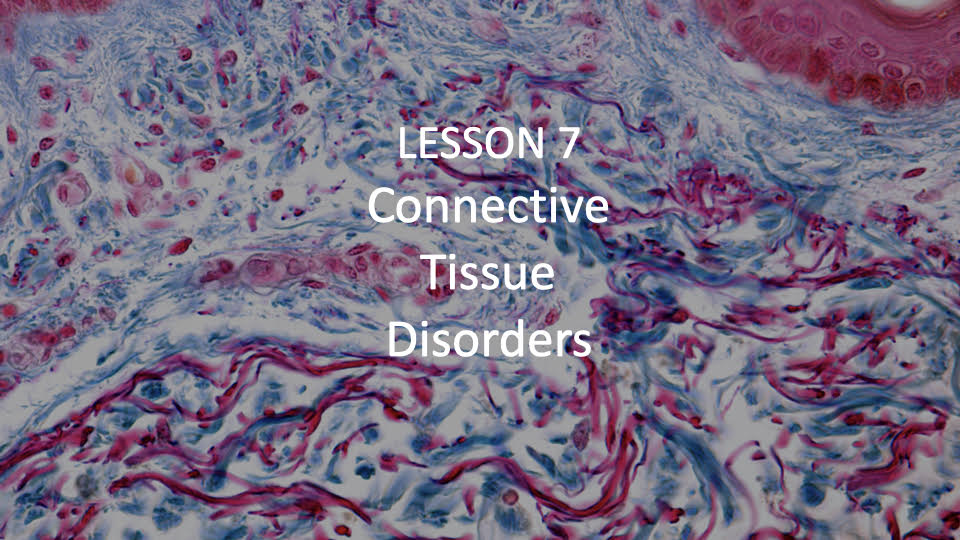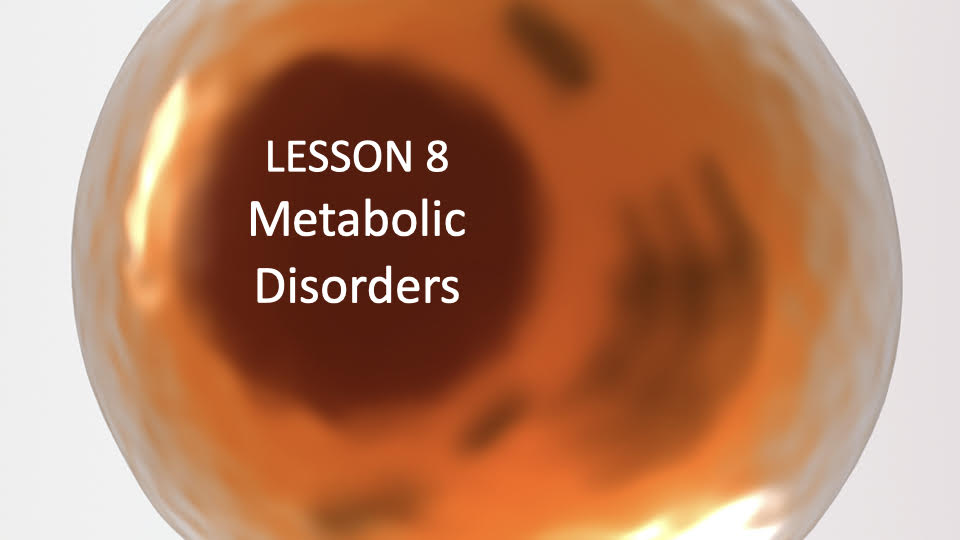Introducing the Society’s New 7-Hour Online Certification Course on
Vagus Nerve Science and Clinical Conditions
There’s a new treatment paradigm sweeping over healthcare. It involves harnessing the power of the vagus nerve, stimulating it to dampen inflammation, mitigate pain, build neuroplasticity....all this and more.
The tenth cranial nerve, the vagus, is the master regulator of our parasympathetic nervous system, responsible for commanding and controlling many bodily functions. Cutting-edge research and enhanced clinical practices are expanding our knowledge and application of vagus nerve stimulation for health and healing.
Are you keeping up with the latest information and developments in this discipline?
That’s where the Vagus Nerve Society’s Training and Certification Program comes in: you will gain the knowledge, skills, and support to enter into the world of electrical medicine. The course is open to clinicians from all disciplines.
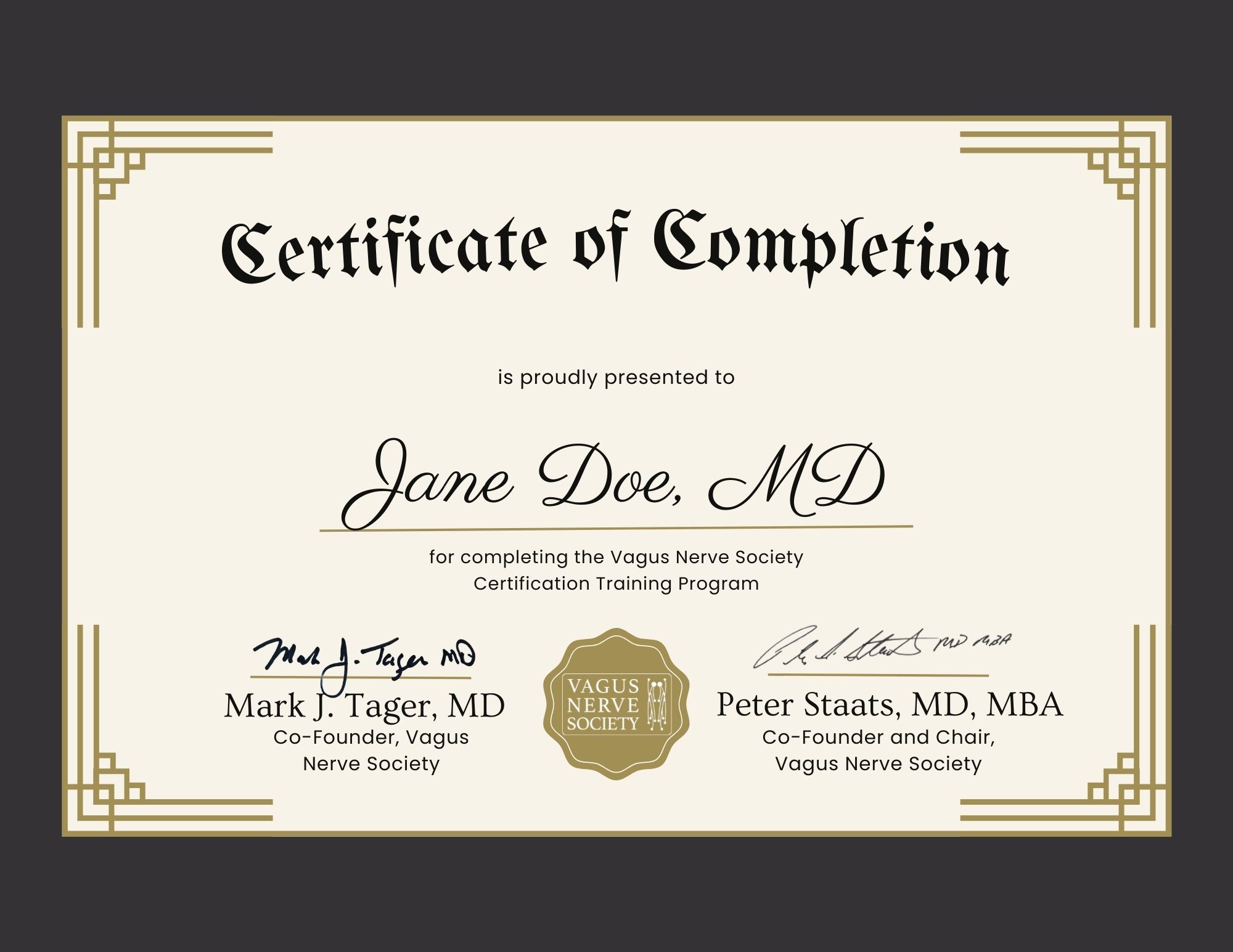
By passing the Vagus Nerve Certification Examination, you will be entitled to receive your Certificate of Completion, demonstrating your knowledge of this expansive field.
VAGUS NERVE CERTIFICATION TRAINING
LEVEL ONE
While the course will not be eligible for CME at launch, it will follow general CME guidelines in identifying objectives and providing an assessment; as well as abstaining from promotion of specific products outside of research being done using devices (in which case the specific device is mentioned).
What You'll Learn
- The anatomy & physiology of the vagus nerve: its course through the body, and its connections within the brain
- How the vagus nerve helps control inflammation through the cholinergic anti-inflammatory reflex
- The mechanism of action of lifestyle “hacks” such as cold-water immersion & deep breathing
- How the polyvagal theory can be implemented in cases of stress & trauma
- The interrelatedness of the vagus with hormones
- How selected herbs work their anti-inflammatory actions through activation of the vagus nerve
- The gut-brain connection & the contribution of the microbiome, neurotransmitters, and short chain fatty acids
- Invasive & non-invasive electrical methods for stimulating the vagus; how each works, and their features and drawbacks
- Ways to assess heart rate variability, a key surrogate marker for vagal tone
- How vagus nerve stimulation is being used in a spectrum of disease states: GI, mental health, behavioral, metabolic, neurodegenerative, post-viral syndromes, and more
- Emerging new uses of vagus nerve stimulation for cognition, attention, alertness, and memory
- Complementary treatments: how vagus nerve stimulation can be paired with lifestyle, diet, and functional medicine treatment approaches
- The latest research, clearly explained, from the leading researchers in the field on all things vagus.
Faculty

Each lesson will feature one or more experts in the field. In most cases,
lessons will be about 20 minutes or less.
Lesson Descriptions: Part 1
-
Lesson 1: The tenth cranial nerve wanders throughout the body innervating multiple organs. It provides the bulk of the body’s parasympathetic innervation. Dr. Staats reviews the anatomical course of the bi-directional nerve, as well as its physiology.
-
Lesson 2: This lesson on inflammation is foundational to your understanding of vagus nerve stimulation. Taught by Dr. Kevin Tracey, widely regarded as the founder of the cholinergic anti-inflammatory pathway, you’ll learn about the body’s electrical and chemical feedback pathways, especially vagal regulation of mast cell activation by the spleen.
-
Lesson 3: Our understanding of the bidirectional communication between the gut and the brain has exploded in recent years as we also understand more about how the microbiome interacts with the vagus. Dr. Navaz Habib covers how the neurotransmitters produced by gut bacteria stimulate the vagal afferents and send information to the brain and how the brain responds with efferent sgnals.
-
Lesson 4: The work of one pioneering psychologist, Dr. Stephen Porges, lies behind the polyvagal theory. This accounts for the evolutionary mechanisms by which we deal with threat and safety. Porges distinguishes between the “newer” ventral vagus and the more “primitive” dorsal vagus. His work extends to how we socialize, vocalize, and deal with sound.
-
Lesson 5: Two major communication systems of the body involve hormones and nerves. It’s no surprise that these two systems are intimately intertwined. Dr. Sahar Swidan focuses on the interaction of the vagus with the HPA axis and other gut hormones that regulate satiety, mood, and energy.
-
Lesson 6: From vagus nerve “hacks” such as deep breathing and cold plunges to sophisticated electrical devices, both consumers and healthcare professionals are finding themselves discussing how to stimulate the vagus. Drs. Tager and Bonakdar cover lifestyle and nutritional content. Dr. Staats reviews the invasive and non-invasive devices available.
-
Lesson 7: Heart Rate Variability (HRV) is a key surrogate measurement of vagal activity. In this lesson Dr. Mark Chapleau covers the many ways it can be measured, and points to the importance of respiratory changes on heart rate.
Lesson Descriptions: Part 2
-
Lesson 1: This comprehensive lesson traces the roots of implantable neurostimulators for epilepsy and reviews their efficacy. We cover the pathophysiology and treatment of migraines with transcervical vagus nerve stimulation, explore the phenomenon of cortical spreading depression, and conclude with the application of VNS to menstrual and menstrually-related migraines. Faculty are Drs Vonck, Feoktistov, Ayata, and Hindiyeh.
-
Lesson 2: Increasingly, vagus nerve stimulation is being used for mental health disorders, most notably those that affect mood. Dr. Pasricha covers the brain’s connection to the gut and vagal influence on mood. Dr. Bremner explores emerging therapies designed to address PTSD and potentially addiction. Dr. James Gordon reinforces the power of the mind-body, and techniques he has used worldwide to help people who have experienced severe trauma.
-
Lesson 3: In this lesson you learn how the brain listens to the gut and how disruptions affect two types of disorders: inflammatory bowel disease, and gastroparesis. World renowned physicians and researchers Drs. Bruno Bonaz and Jay Pasricha provide the comprehensive overviews. Dr. Linda Nguyen discusses her study on nVNS and gastroparesis.
-
Lesson 4: This lesson will build upon our understanding of how the vagus helps to regulate inflammation. Dr. Antonucci discusses the mechanisms behind concussions and how vagal stimulation can help remodel the brain. Dr. Alison Yarnall explores one important aspect of Parkinson’s: gait. She describes her research in how nVNS can improve gait thus affecting morbidity and mortality in this neurodegenerative condition.
-
Lesson 5: Dr. Krystl Vonck introduces a key finding; namely that epileptic patients who have had implantable devices get improvement in quality of life, alertness, memory, and mood irrespective of seizure control. Lindsey McIntire reviews vagus nerve technologies the US Airforce is using to improve attention, memory, arousal and wakefulness in US soldiers.
-
Lesson 6: Long Covid is an example of a post viral syndrome that affects multiple organs. While the pathophysiology can be broken into several categories, e.g. endothelial damage, one underlying mechanism for the continued sequelae is vagus nerve dysfunction. Dr. Patrick Hanaway begins with the functional medicine approach to treatment including lifestyle, diet, and supplements. Dr. Claire Marie Rangon discusses how vagus nerve stimulation aids in recovery. Dr. Ravi Ganesh overviews his work on Long Covid at The Mayo Clinic.
-
Lesson 7: Many connective disorders share a common etiology. For one reason or another the body’s inflammatory mechanism fails to shut off and the result—chronic inflammation—becomes directed to one or more organ systems. In this module, Dr. Anna Woodbury explores how she is using auricular vagus nerve stimulation to deal with a vexing condition: fibromyalgia.
-
Lesson 8: This last lesson addresses a global epidemic: metabolic disease as expressed as diabetes and metabolic syndrome. Dr. Yori Gidron has been doing pioneering work to better identify how vagus nerve stimulation may offer support for these patients. Noted researcher JP Errico further highlights the importance of enhancing metabolism and activating mitochondria.
© Copyrights by Vagus Nerve Society 2024. All Rights Reserved.
